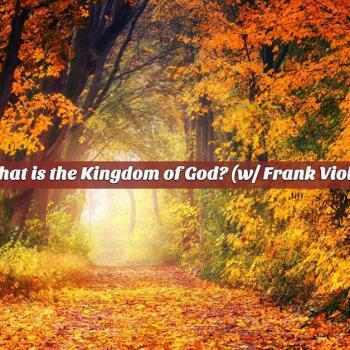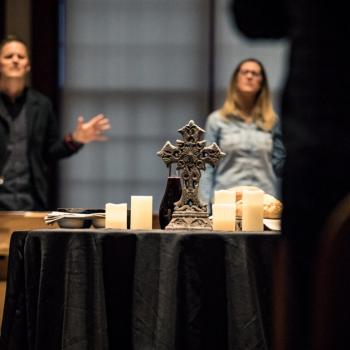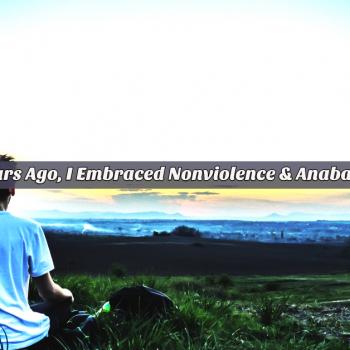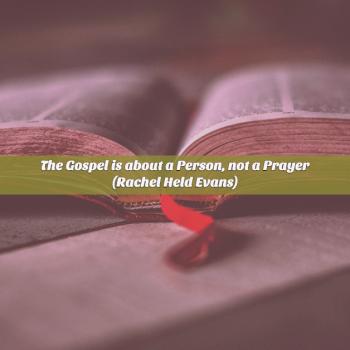This is the fourth post in a series exploring the broad vision for our church plant in Seattle. If you want to know more about that project, check out my Church Plant category ![]() For the rest of this specific series, go here.
For the rest of this specific series, go here.
Liturgical
Robert Webber, at the turn of the century, began writing about an evangelical shift back towards the ancient rhythms of Christian worship and spirituality in post-modernity:
Ancient worship . . . does truth. All one has to do is to study the ancient liturgies to see that liturgies clearly do truth by their order and in their substance. This is why so many young people today are now adding ancient elements to their worship. . . . This recovery of ancient practices is not the mere restoration of ritual but a deep, profound, and passionate engagement with truth—truth that forms and shapes the spiritual life into a Christlikeness that issues forth in the call to a godly and holy life and into a deep commitment to justice and to the needs of the poor.[1]
Webber argued that the way forward from Modernity into Postmodernity would be to discover an ancient-future faith. This would be ancient, in that it invites emerging Christians into the patterns of worship of the historical church: the Christian year, lectionary readings, reading/enacting God’s story through liturgy, and spiritual disciplines. This transcendent piece roots Christ-followers in the ancient story of the Scriptures and places us in continuity with the early church. This is a story bigger than just “I.”
Churches taking this posture would also be a forward-looking movement, a church with a focus on the future. Such a church is on a mission to various peoples of post-Christendom by re-imagining the arts, social justice, spirituality, and community for the 21st century. Webber reflects on this:
How do you deliver the authentic faith and great wisdom of the past into the new cultural situation of the twenty-first century? The way into the future, I argue, is not an innovative new start for the church; rather, the road to the future runs through the past. These three matters—roots, connection, and authenticity in a changing world—will help us to maintain continuity with historic Christianity as the church moves forward.[2]
This will be part of the ethos of our church planting mission in Seattle. It would be safe to predict that this network of faith communities will be: Anabaptist in values, missional in orientation, contemporary in the arts including music, charismatic in its openness to the work of the Holy Spirit, and liturgical in its worship rhythms. Some key resources for liturgical expressions in our worship will include:
- Revised Common Lectionary (the framework for following the Christian Calendar: Advent, Christmas, Epiphany, Lent, Holy Week, Easter, and Pentecost)
- The Book of Common Prayer
- Take Our Moments and Our Days: An Anabaptist Prayer Book[3]
- Common Prayer: Liturgy for Ordinary Radicals (by Shane Claiborne, Jonathan Wilson-Hartgrove, Enuma Okoro)[4]
[1] Robert E. Webber, Ancient-Future Worship: Proclaiming and Enacting God’s Narrative (Baker Books, 2008), 109.
[2] Robert E. Webber, Ancient-Future Time: Forming Spirituality Through the Christian Year (Baker, 2004).











